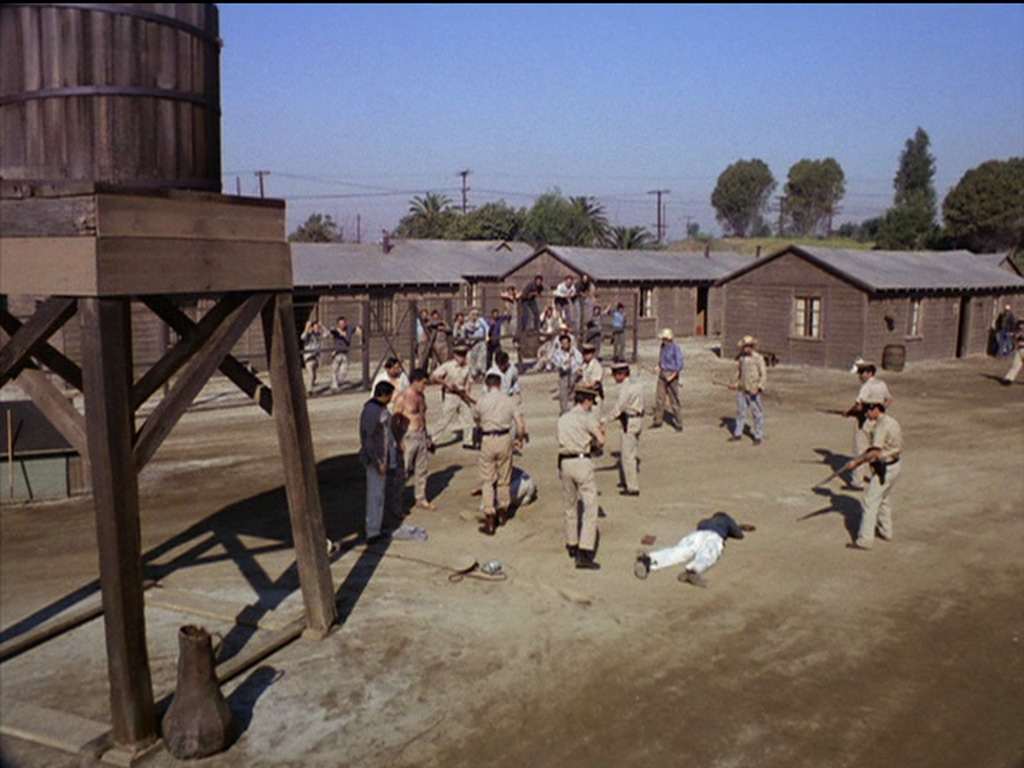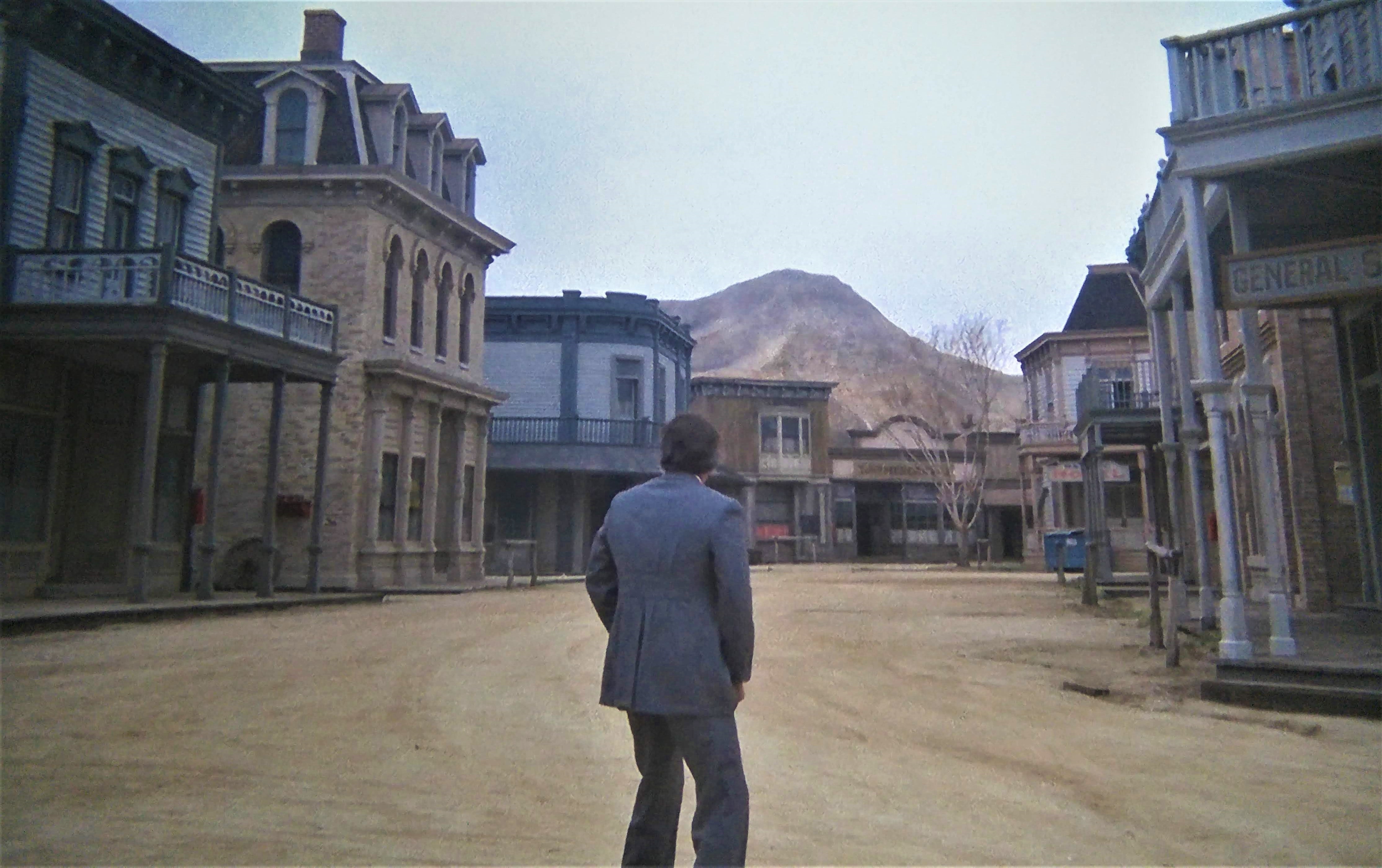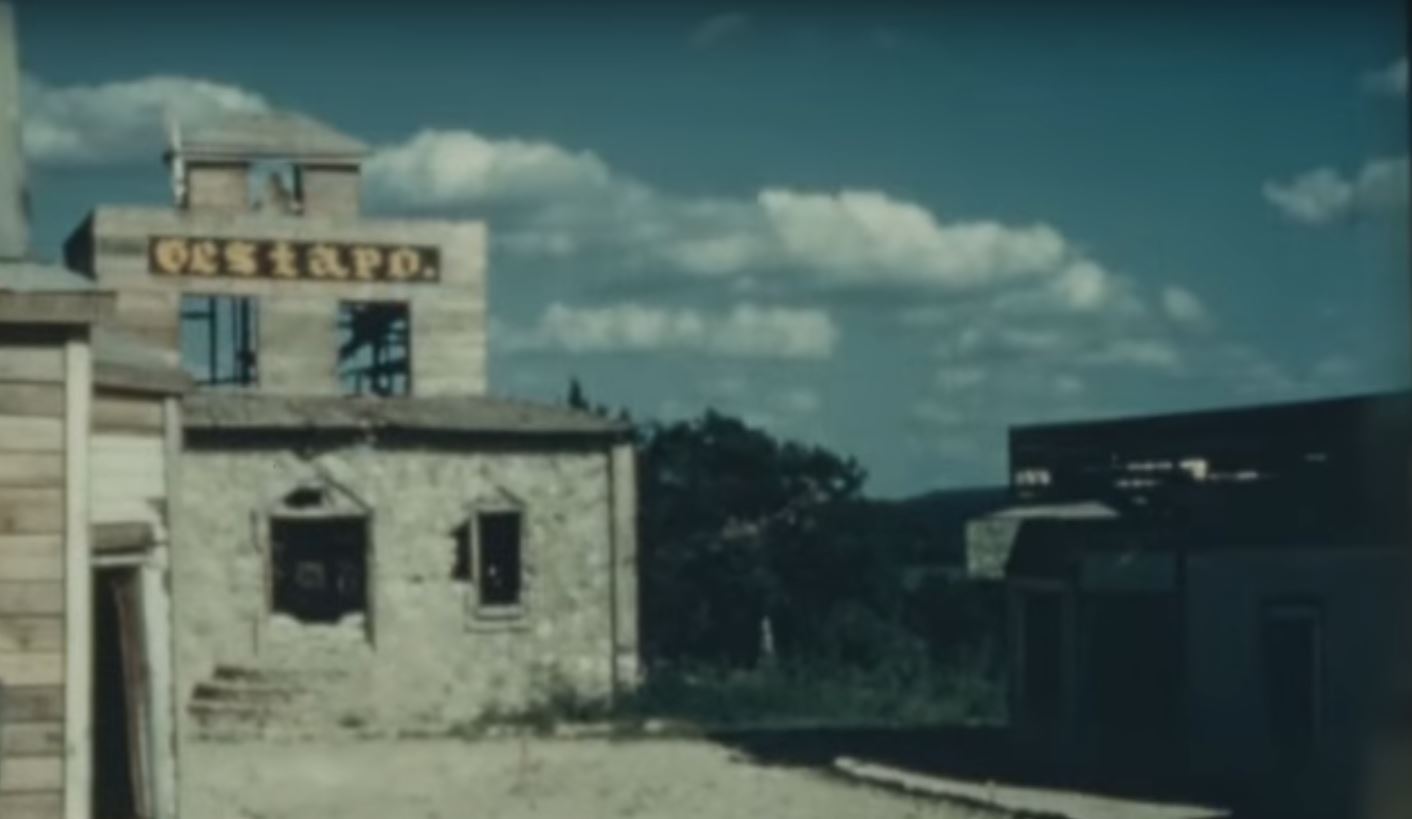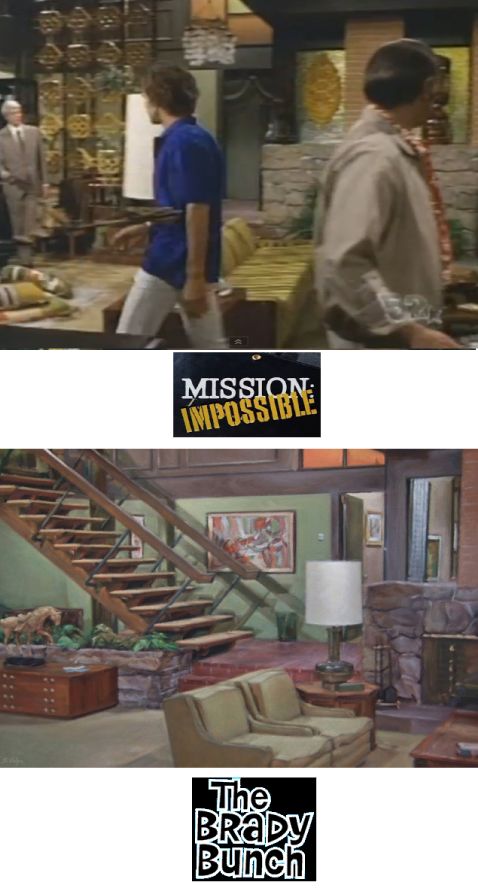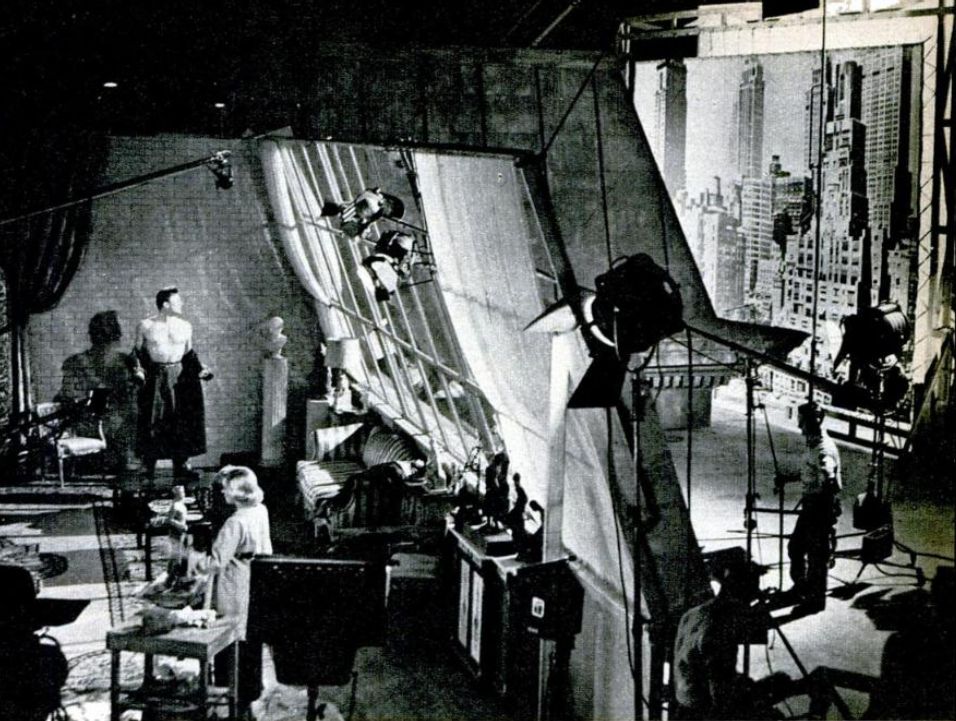Sure, the Cuningham Group of Culver City, CA-based architects may try to blow smoke in our direction with such slogans as “We exist to Uplift the Human Experience,” but we know better. Back in the Cuningham Group’s past lies the depravities of Nazi Germany–a prisoner of war camp, complete with guard towers, barbed wire, fierce… Continue reading Hogan’s Heroes Set at 40 Acres Backlot: Then and Now
Category: Simulated Places
Movie sets, trainers, simulators, fake cities, etc.
Mountain in the Middle of L.A.: Paramount Studios’ Western Street and Its Fake Mountain
Once there was a mountain in the middle of Los Angeles. Most movie studios, in their backlots or in movie ranches in the San Fernando Valley or in environs close to L.A., had a Western town. It was simply part of the time. Starting with The Squaw Man in 1913 (or The Great Train Robbery,… Continue reading Mountain in the Middle of L.A.: Paramount Studios’ Western Street and Its Fake Mountain
Fake Nazi Training “Village” at Camp Hood, Texas (1940s)
In the 1940s, Camp Hood in Killeen, TX built a fake Nazi training village for hand to hand combat. These stills from a Santa Fe Railroad promotional film show a few key areas around the village, including Gestapo headquarters–conveniently identified with the “Gestapo” sign at top. Remember, if this looks like an Old West town,… Continue reading Fake Nazi Training “Village” at Camp Hood, Texas (1940s)
The Day Mission: Impossible Invaded The Brady Bunch House
One of the best things about fictional environments is that we can project our dreams on them. And kids of the 1970s universally projected dreams onto The Brady Bunch house. We all wanted to live there. It was grander, fancier, and more modern than our own houses. Even that oh-so-fake backyard, with its Astroturfed lawn… Continue reading The Day Mission: Impossible Invaded The Brady Bunch House
Photo-Realistic Transparent Movie Set Backdrop, 1950
For most of movie history, set backdrops had been opaque (non-transparent) sheets of fabric stitched together to form larger, set-sized sheets. In 1950, photographer M.B. Paul was profiled creating transparent set backdrops from actual photographs. Because they were transparent, they could be lit from the back as well as the front. Click to Enlarge to… Continue reading Photo-Realistic Transparent Movie Set Backdrop, 1950
